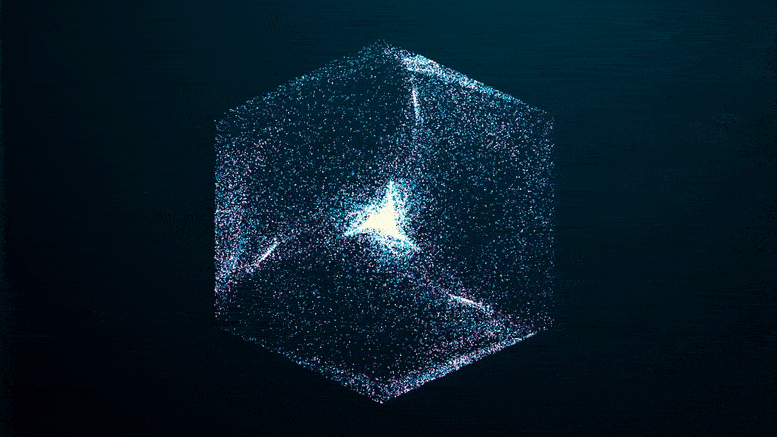NASA prepares to return asteroid sample OSIRIS-REx

Washington — NASA is making final preparations to retrieve samples from an asteroid that a spacecraft will return to Earth in September.
Teams conducted a test exercise Aug. 30 to retrieve a return capsule sample from NASA’s OSIRIS-REx mission. In the test, a helicopter dropped a replica of the capsule from a height of more than 2,000 metres. The capsule descended under a parachute for landing at the Utah Test and Training Area west of Salt Lake City, where personnel went through procedures to prepare the capsule for transportation to NASA’s Johnson Space Center.
“We’ve put our teams out in the field, in the environment they’ll be in, with the communication tools and equipment they’ll actually use on recovery day,” said Rich Burns, OSIRIS-REx Project Manager. At NASA’s Goddard Space Flight Center, during a press conference after training.
The exercises were part of the final planning for the return of the actual OSIRIS-REx capsule, which will arrive early on September 24th. The capsule holds an estimated 250 grams of material from asteroid Bennu that the spacecraft collected during Operation Touch and Touch. -go” collection process in October 2020.
The goal of the mission, whose full name is Origins, Spectral Interpretation, Resource Identification and Security – Regolith Explorer, is to return those samples to Earth for analysis by scientists, who hope the materials will provide new insights into the formation of the solar system. System.
“Boy, is the science team excited to get that?” said Dante Lauretta, OSIRIS-REx principal investigator at the University of Arizona, of the samples. “We are going back to the dawn of the solar system.”
Many milestones remain before those samples reach the laboratories of Loretta and other scientists. The spacecraft is scheduled to perform a maneuver on September 10 that will set its course with the Test and Training Range in Utah. Another maneuver a week later will further refine its trajectory, aiming to reach a 650-square-kilometre oval within the range. “We have a relatively small area to adapt to, but we are pretty confident we will get there,” Burns said.
The final decision to go or not will come a few hours before OSIRIS-REx launches the capsule about 108,000 kilometers from Earth. “We have a very long four hours from launch to re-entry,” said Sandra Freund, OSIRIS-REx program manager at Lockheed Martin. The capsule will re-enter at more than 43,000 kilometers per hour, and will decelerate during reentry and deploy the main and descent parachutes to less than 20 kilometers per hour for landing, 13 minutes after reentry.

The main OSIRIS-REx spacecraft will perform a “turn” maneuver about 20 minutes after the capsule is launched to avoid turning back on itself. It will pass Earth at a distance of 800 kilometers, putting it on track for an extended mission to visit the asteroid Apophis shortly after its flyby in 2029.
If something goes wrong with reentry maneuvers, potentially causing a missed landing or endangering the safety of the capsule or people on Earth, NASA will not launch the capsule, Burns said. In this case, OSIRIS-REx will swing close to Earth on a path that will bring it back in two years for another attempt.
Mission teams are preparing for other problems that may arise during reentry and landing, including those that cause the capsule to impact the Earth at high speed. This is not unprecedented: NASA’s Genesis mission collected samples of the solar wind, but its parachutes failed to deploy upon reentry into the atmosphere, leading to the capsule crashing in Utah upon reentry in 2004.
“We learned a lot from Genesis,” said Freund. “We are very confident that we have taken the lessons learned from Genesis into OSIRIS-REx.” However, she said the team trained for various emergency situations if the capsule did not land intact to preserve as much of the sample as possible.
However, if all goes well, sample analysis will begin almost immediately after the sample container is delivered to a clean room in JSC’s processing facility. A press conference scheduled for Oct. 11 will discuss preliminary analysis of the samples, followed by presentations at the fall meeting of the American Geophysical Union in December, Loretta said.
Lauretta, who has been involved with OSIRIS-REx since the mission was proposed nearly two decades ago, said he will be part of the teams in Utah to recover the samples. “I wanted to be there in person to receive these pieces from Bennu on our home planet, welcome them to the staging facility at Johnson Space Center and prepare them for the adventure we are about to put them on.”
Related
Source link




